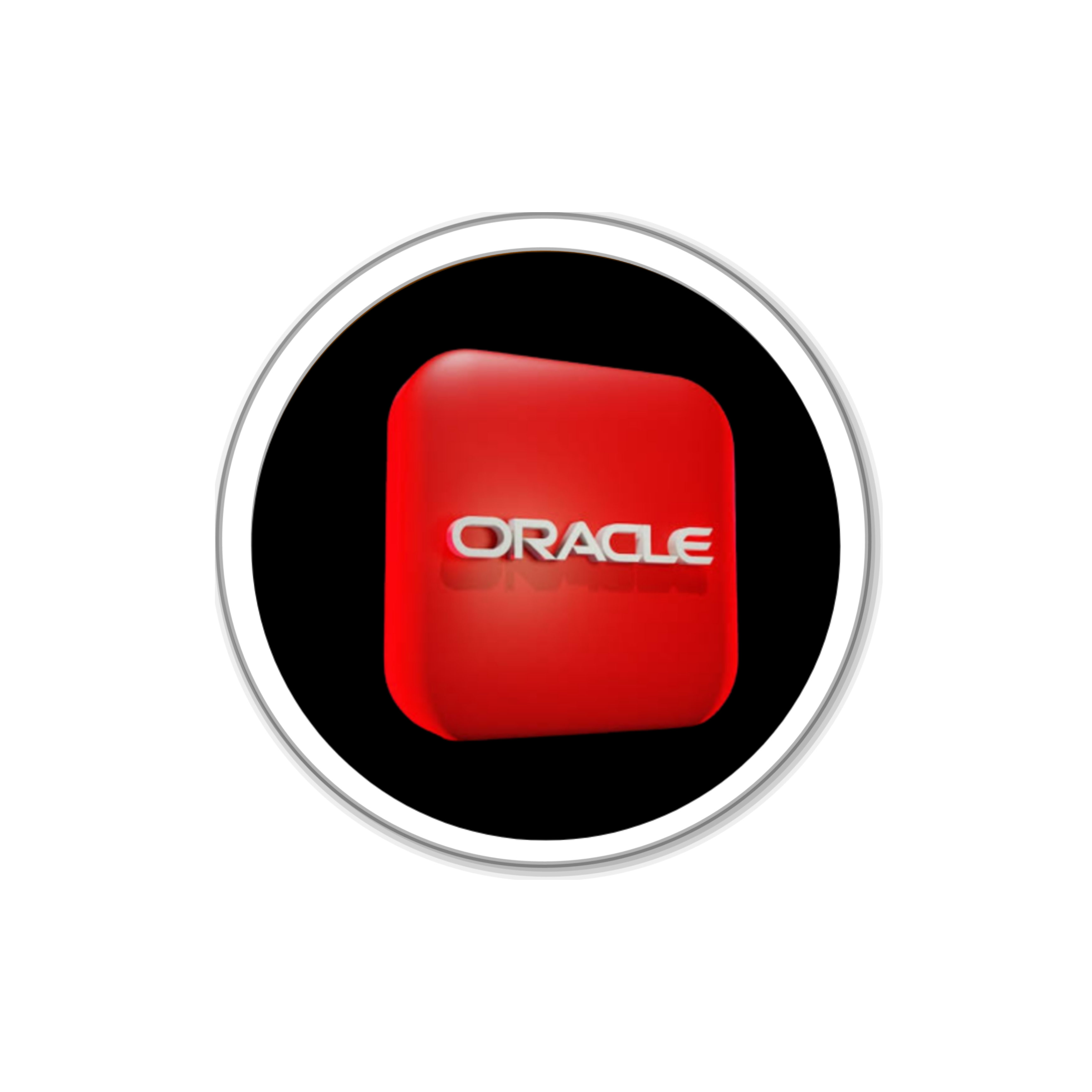
SYLLABUS
- Database Architecture & Configuring Recovery Manager
- Installing the Oracle Database Software & Using Recovery Managers
- Creating an Oracle Database & Recovering from Non-critical Lossesa
- Managing the Oracle Instance & Incomplete Recovery
- Managing Database Storage Structures & Flashback
- Administering User Security & Dealing with Database Corruption
- Managing Schema Objects
- Managing Undo Data & Monitoring and Managing Storage I
- Implementing Oracle Database Security & Monitoring and Managing Storage II
- Configuring the Oracle Network Environment & VLDB Supports
- Backup and Recovery Concepts
- Performing Database Backupss
- Performing Flashbacke I
- Moving Data
- Describe course objectives
- Explore the Oracle 10g database architecture
- Recovery Manager Features and Components
- Using a Flash Recovery Area with RMAN
- Configuring RMAN
- Compressed Backups
- Image Copy
- Whole Database and Incremental Backups
- LIST and REPORT commands
- Enable ARCHIVELOG mode for the database
- Use Recovery Manager
- Create a database with the Database Configuration Assistant (DBCA)
- Create a database design template with the DBCA
- Generate database creation scripts with the DBCA
- Recovery of Non-Critical Files
- Creating New Temporary Tablespace
- Start and stop the Oracle database and components
- Use Enterprise Manager (EM)
- Access a database with SQL*Plus and iSQL*Plus
- Modify database initialization parameters
- Understand the stages of database startup
- Describe table data storage (in blocks)
- Define the purpose of tablespaces and data files
- Understand and utilize Oracle Managed Files (OMF)
- Create and manage tablespaces
- Obtain tablespace information
- Create and manage database user accounts
- Authenticate users
- Assign default storage areas (tablespaces)
- Grant and revoke privileges
- Create and manage roles
- Create and manage profiles
- Define schema objects and data types
- Create and modify tables
- Define constraints
- View the columns and contents of a table
- Create indexes, views, and sequences
- Explain DML and undo data generation
- Monitor and administer undo
- Describe the difference between undo and redo data
- Configure undo retention
- Guarantee undo_retention
- Describe DBA responsibilities for security
- Apply the principle of least privilege
- Enable standard database auditing
- Specify audit options
- Review audit information
- Identify the types of failure that may occur in an Oracle Database
- Describe ways to tune instance recovery
- Identify the importance of checkpoints, redo log files, and archived log files
- Configure ARCHIVELOG mode
- Create consistent database backups
- Back your database up without shutting it down
- Create incremental backups
- Automate database backups
- Monitor the flash recovery area
- Recover from loss of a control file
- Recover from loss of a redo log file
- Perform complete recovery following the loss of a data file
- Describe Flashback database
- Restore the table content to a specific point in the past with
- Flashback Table
- Recover from a dropped table
- View the contents of the database as of any single point in time with Flashback Query
- See versions of a row over time with Flashback Versions Query
- View the transaction history of a row with Flashback Transaction Query
- Describe available ways for moving data
- Create and use directory objects
- Use SQL*Loader to load data from a non-Oracle database (or user files)
- Explain the general architecture of Data Pump
- Use Data Pump Export and Import to move data between Oracle databases
DURATION
- Months : 2 Months
- Time : Flexible
- Daily Class : 2 Hours
